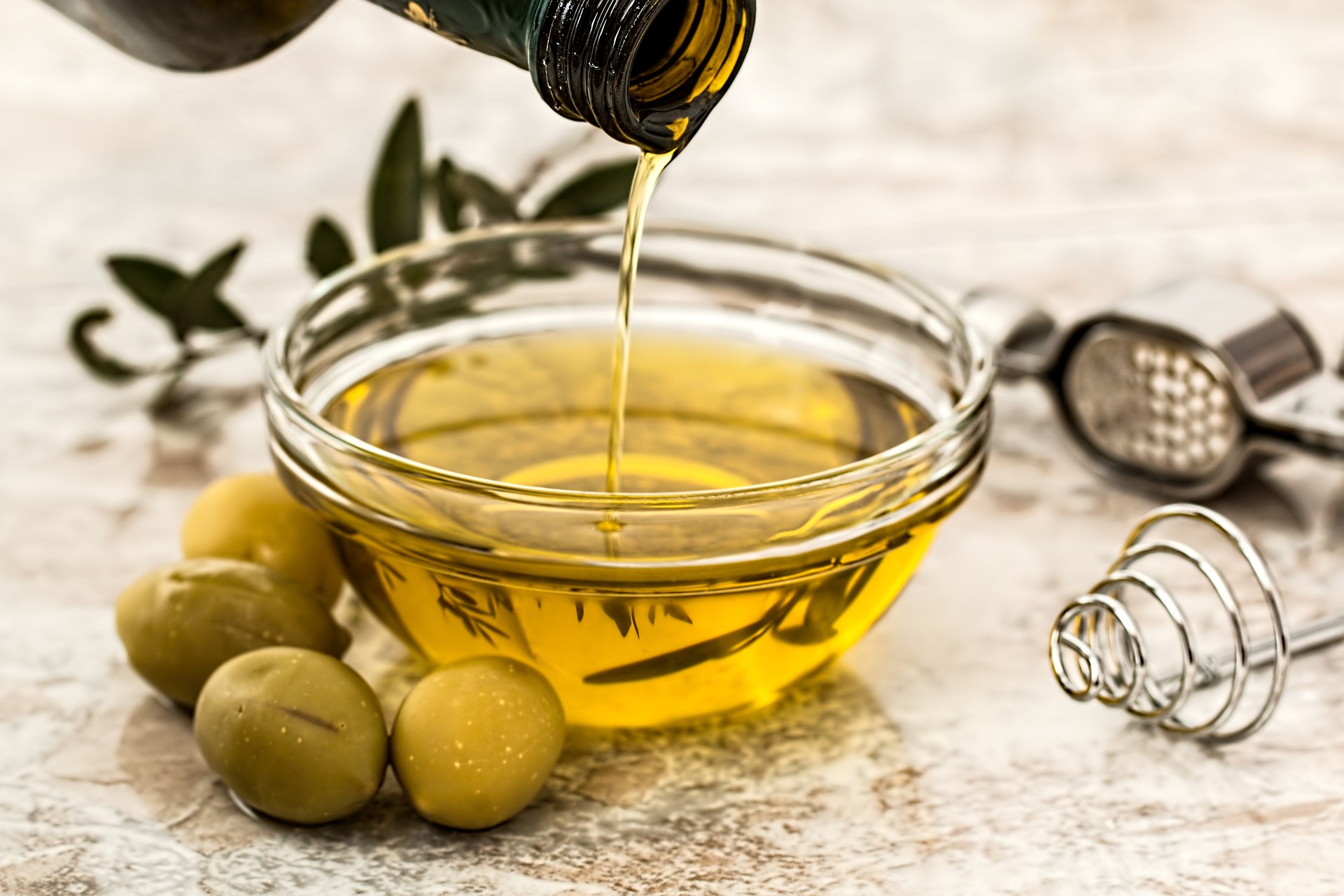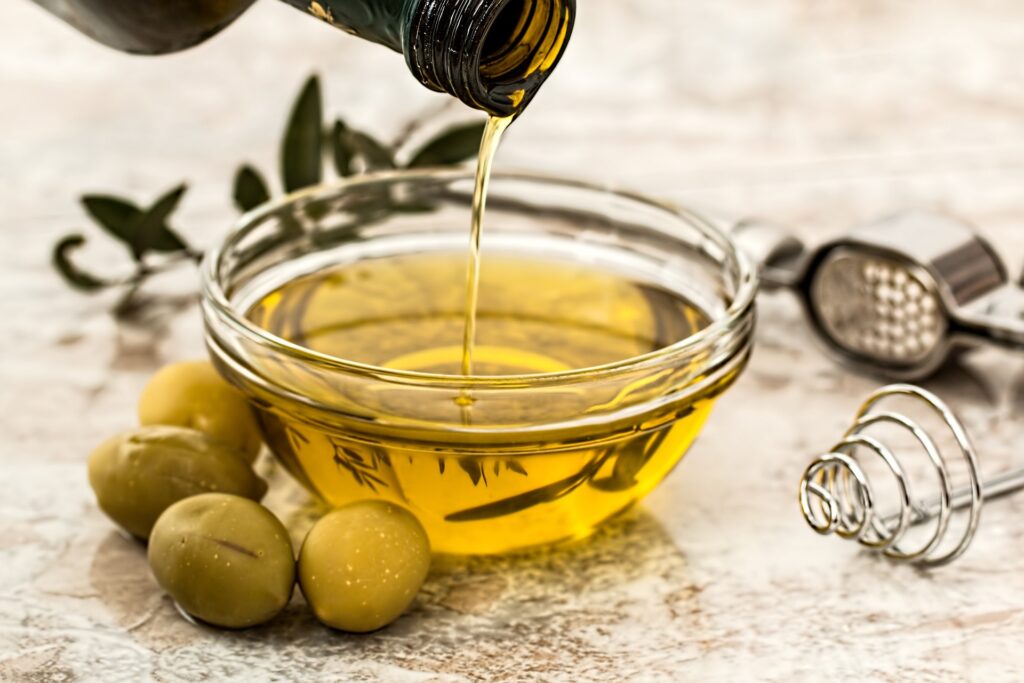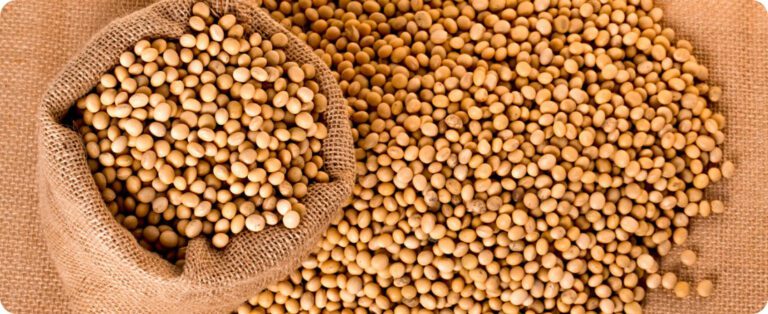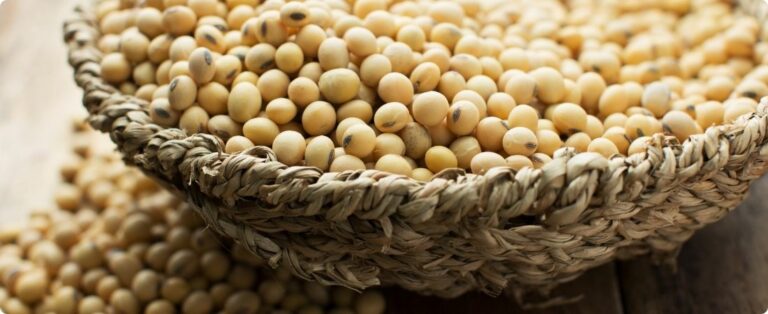
Image: Pixabay
Brazil produces olive oil with international quality standards. This is one of the findings of researchers who have been analyzing the chemical composition of the Brazilian product for seven years. The scientists characterized the oils and set up a sensory panel with a group of experts to evaluate the product sensorially, considering appearance, aroma and flavor, among other criteria. The set of results demonstrated that the bioactive and volatile composition of virgin olive oils from different olive tree varieties meets the parameters of national and international legislation. “We generated a historical series, with unprecedented information, which contributes to the improvement and formulation of public policies aimed at establishing a regulatory framework for the product, with the aim of strengthening olive growing in the country”, says Embrapa researcher Adélia Machado.
This work, carried out in partnership between Embrapa and the Federal University of Rio de Janeiro (UFRJ), gained important reinforcement with the creation of the National Institute of Science and Technology of Olive Culture and Brazilian Olive Oil (INCT OABras). The team is made up of 34 scientists from 18 national and international research institutions, under the leadership of Embrapa Agroindústria de Alimentos (RJ) and financed by the National Council for Scientific and Technological Development (CNPq). With an expected duration of five years and a budgetary contribution of approximately six million reais, the initiative aims to resolve technological bottlenecks, in order to guarantee high productivity of olive trees and the quality of Brazilian olive oil.
{module Form RD}
The production of olives and olive oil in Brazil has been growing in recent years, with commercial plantings in the South and Southeast of the country. However, the chain still presents many challenges, according to the Embrapa scientist. “The knowledge generated regarding the varieties cultivated in Brazil contributed to the characterization of a product of high commercial value and of great interest in terms of nutritional aspects and health benefits”, points out Adélia Machado. In recent years, the researcher coordinated projects to characterize the Identity and Quality Standard (PIQ) of olive oils produced in the states of Minas Gerais, São Paulo and Rio Grande do Sul.
Part of the National Institutes of Science and Technology Program, INCT OABras is made up of six areas of research and development: production system; phytopathology; chemistry and metabolomics; agroindustrialization and olive oil production; sensory analysis and consumer studies; co-products from the use of olive pomace and leaves from pruning.
“The researchers will work on the olive production chain in Brazil, from the agronomic perspective in the field, through agroindustrialization to the chemical and sensorial quality of Brazilian olive oils, in order to promote the expansion of olive farming and improve the quality of Brazilian olive oil ”, explains researcher Rosires Deliza, project coordinator and responsible for the Sensory and Instrumental Analysis Laboratory (Lasi) at Embrapa Agroindústria de Alimentos.
Actions are also planned to use and valorize waste from olive oil production to add value to the co-products generated, reducing environmental impact and increasing farmers' income, in addition to actions to popularize science and communication for the production sector and for the consumer. “The formation of the olive oil sensory panel will play an important role in boosting Brazilian olive farming by promoting the consumption and appreciation of quality Brazilian olive oil”, highlights Deliza.
Olive oil sensory panel
The evaluation of olive oil by panel test is the only sensory method included in the international regulations for edible oils that can classify it as extra virgin, virgin, common or lampante, explains researcher Daniela Freitas, responsible for the sensory panel at Embrapa Food Agroindustry. The formation of accredited sensory panels is part of an initiative by the Ministry of Agriculture and Livestock (Mapa), which also includes other chemical analyzes to assess the quality and identity of olive oil. Today, Mapa's Federal Agricultural Defense Laboratory (LFDA-RS, Porto Alegre) is the only one in Brazil recognized by the International Olive Oil Council (IOC), whose sensory panel, accredited in December 2021, is qualified to identify irregularities in the imported product . The formation of an official olive oil sensory analysis panel takes place in accordance with the standards recommended by the IOC, following the steps:
1. Pre-selection of evaluators through interviews.
2. Selection of evaluators, with assessment of the candidates' olfactory discriminatory capacity and taste sensitivity.
3. Process of obtaining Lasi accreditation by Mapa and accreditation of the analysis by Inmetro.
4. Process of requesting recognition of the sensory panel from the IOC, to verify its performance or competence.
For each evaluation of a panel test, 8 to 12 evaluators are needed, and it is advisable to have a larger group to cover any absences.
This year, the Embrapa Agroindústria de Alimentos panel participates for the first time in the proficiency test organized by the IOC, which evaluates the panel's competence and allows performance to be verified by comparing it to other official sensory panels already accredited by the body. “The satisfactory result of the proficiency test will be fundamental for the recognition of this sensory panel by the IOC”, informs researcher Daniela de Freitas.
Quality of olive oil
The chemical composition of Brazilian olive oils has been studied for seven years at Embrapa, in partnership with UFRJ, both in relation to quality and identity standards and the composition of aromas (volatile). The quality of olive oil is related to several factors, such as agronomic, technological and storage conditions. The olive oil's identity and quality parameters are defined by instructions from the Ministry of Agriculture and Livestock, which, in turn, follows European Union regulations.
Map of aromas of national olive oils
Extra virgin olive oil has a complex aroma, containing several hundred volatile substances. Its aroma is related to the genetic variety of the olive tree, the soil and climate where it is grown and the conditions for extracting and storing olive oil, as pointed out by Embrapa Agroindústria de Alimentos researcher Humberto Bizzo, who completed training as a Visiting Scientist in the Food Chemistry group of the Department of Pharmaceutical Science and Technology at the Università degli Studi di Torino, in Turin, Italy, for the application of the comprehensive multidimensional chromatography technique in the analysis of volatiles (aromas) in Brazilian olive oils.
Twenty-seven Brazilian olive oils, 15 produced in Rio Grande do Sul and 12 in Serra da Mantiqueira, had their volatiles sampled by solid phase microextraction and analyzed by comprehensive multidimensional gas chromatography coupled to mass spectrometry. Preliminary results indicate that the comprehensive multidimensional chromatography technique constitutes an important tool for the characterization of Brazilian olive oils, whose application allowed the establishment of chemical markers for processes of indicating origin and occurrence of adulteration. The advantage of using this technique is that it allows the aggregation of a large amount of chemical information about the volatiles in the samples.
Bizzo is deputy coordinator of INCT OABras and will coordinate the analysis of the profile of volatile components present in samples of national olive oil, responsible for its aroma, using the comprehensive multidimensional gas chromatography technique. “After carrying out the research, we will have a map of the aromas of Brazilian olive oil, based on a more precise correlation between volatiles and geographic origin or variety used. The data obtained will be like fingerprints of Brazilian olive oils”, explains the researcher.
Another advantage of the technique is the possibility of reducing the occurrence of fraud and adulteration. Aroma metabolomics currently constitutes the state of the art in food analysis. It has been successfully applied to the analysis of coffee, black tea, cocoa, hazelnuts and fruits. “In this project, we intend to work together with olive oil producers, in order to increase supply, reduce fraud and solve problems that interfere with national olive farming”, he highlights.
Production and consumption of olive oil in Brazil
Currently, Brazil is the third largest importer of olive oil in the world, behind only the United States and the European Union. Brazilian olive oil has a quality recognized by international awards won in recent years, but local production is still in its infancy. Started in the last decade, it reached 503 tons in 2022, which represents only 0.24% of national consumption. Rio Grande do Sul and the Serra da Mantiqueira region have the highest production volumes, due to the favorable climate and relief aspects.
Source: agrolink
{module Read Also}
















